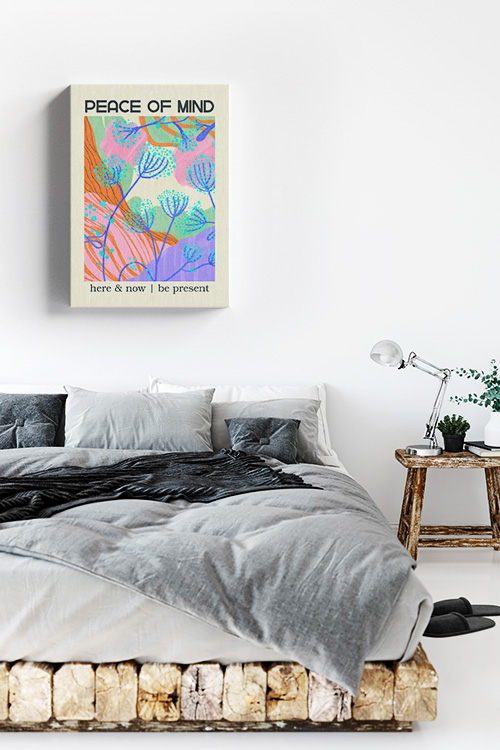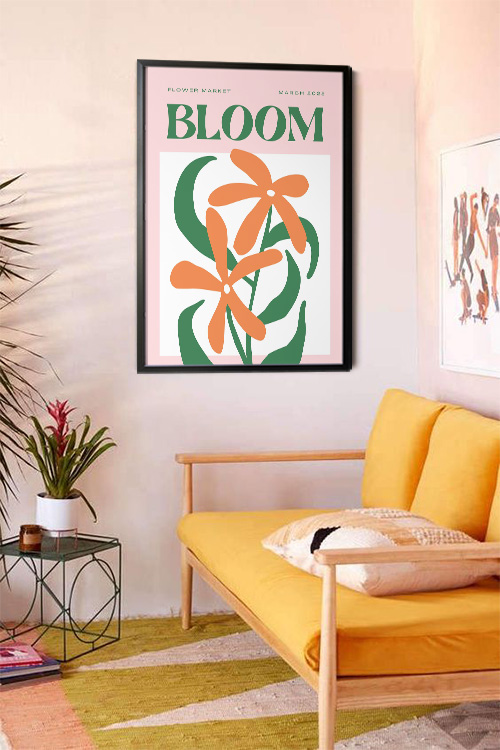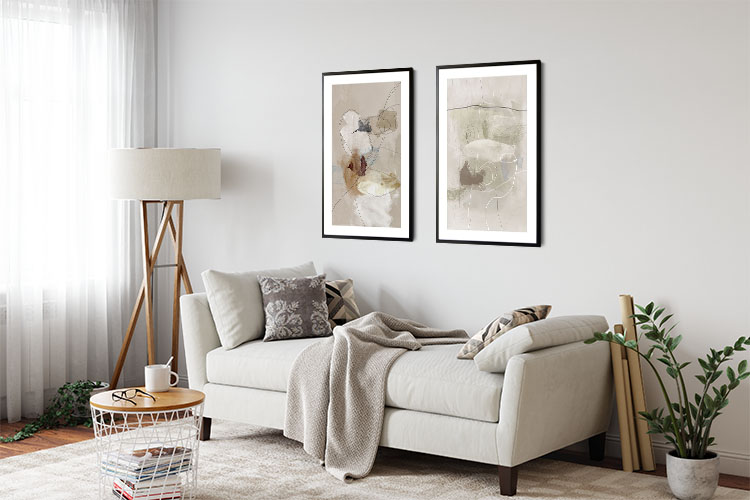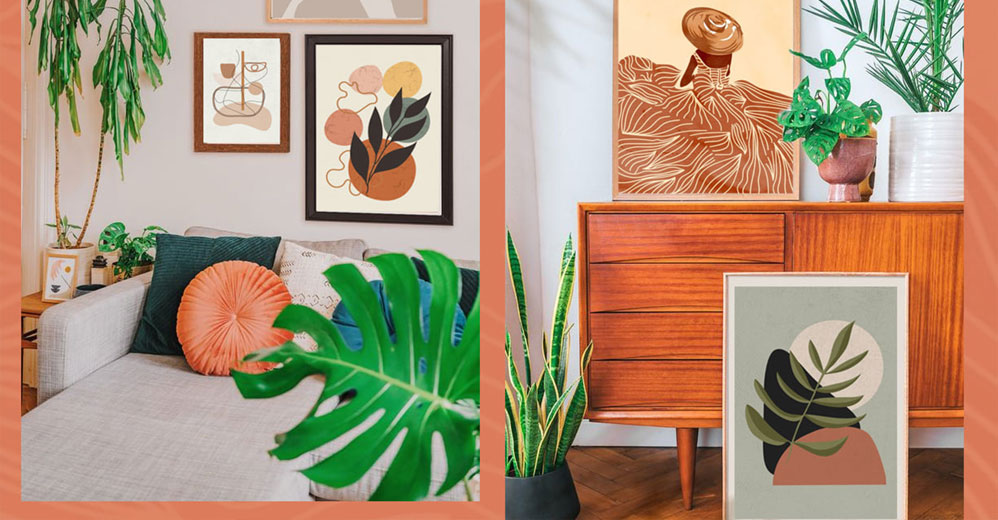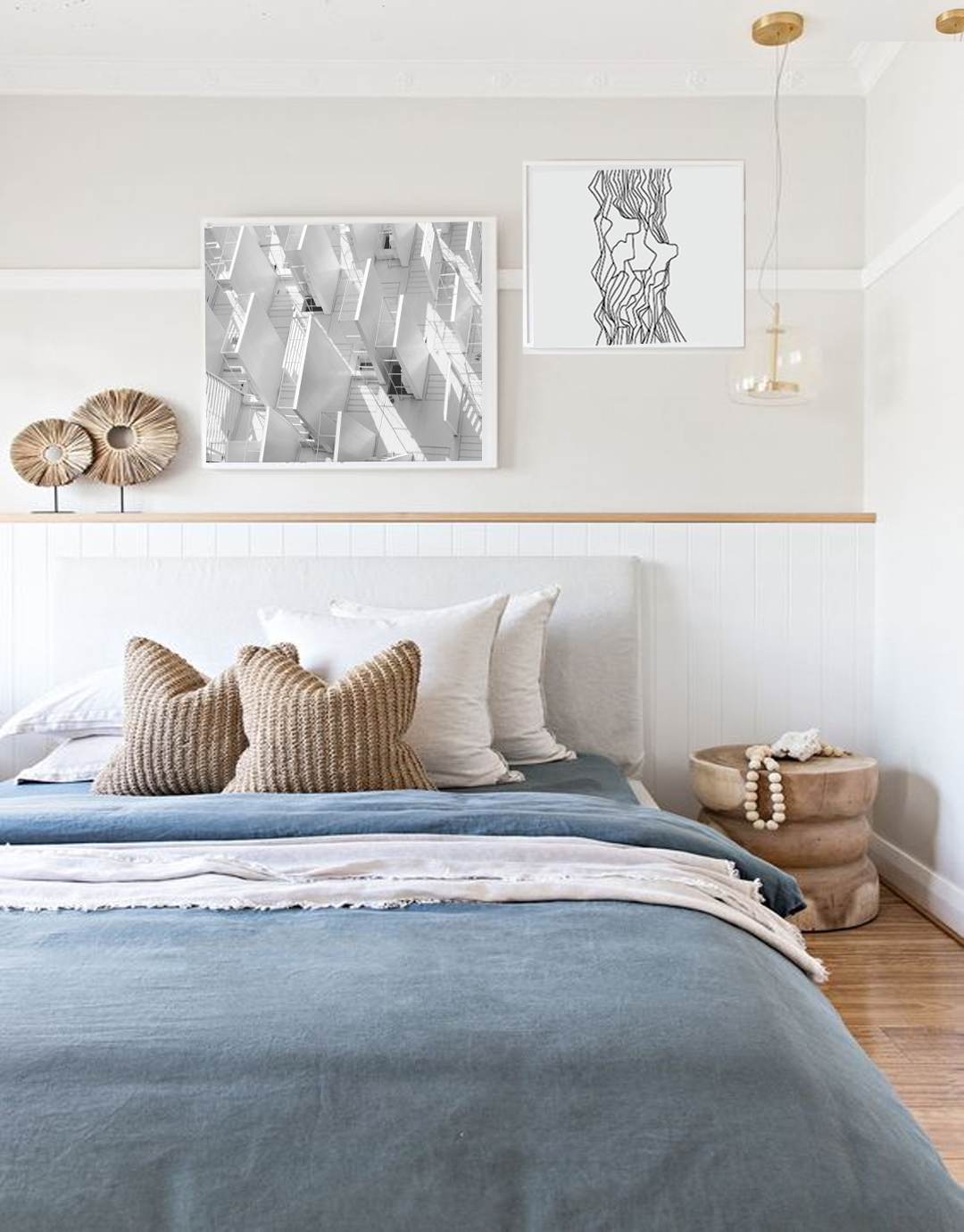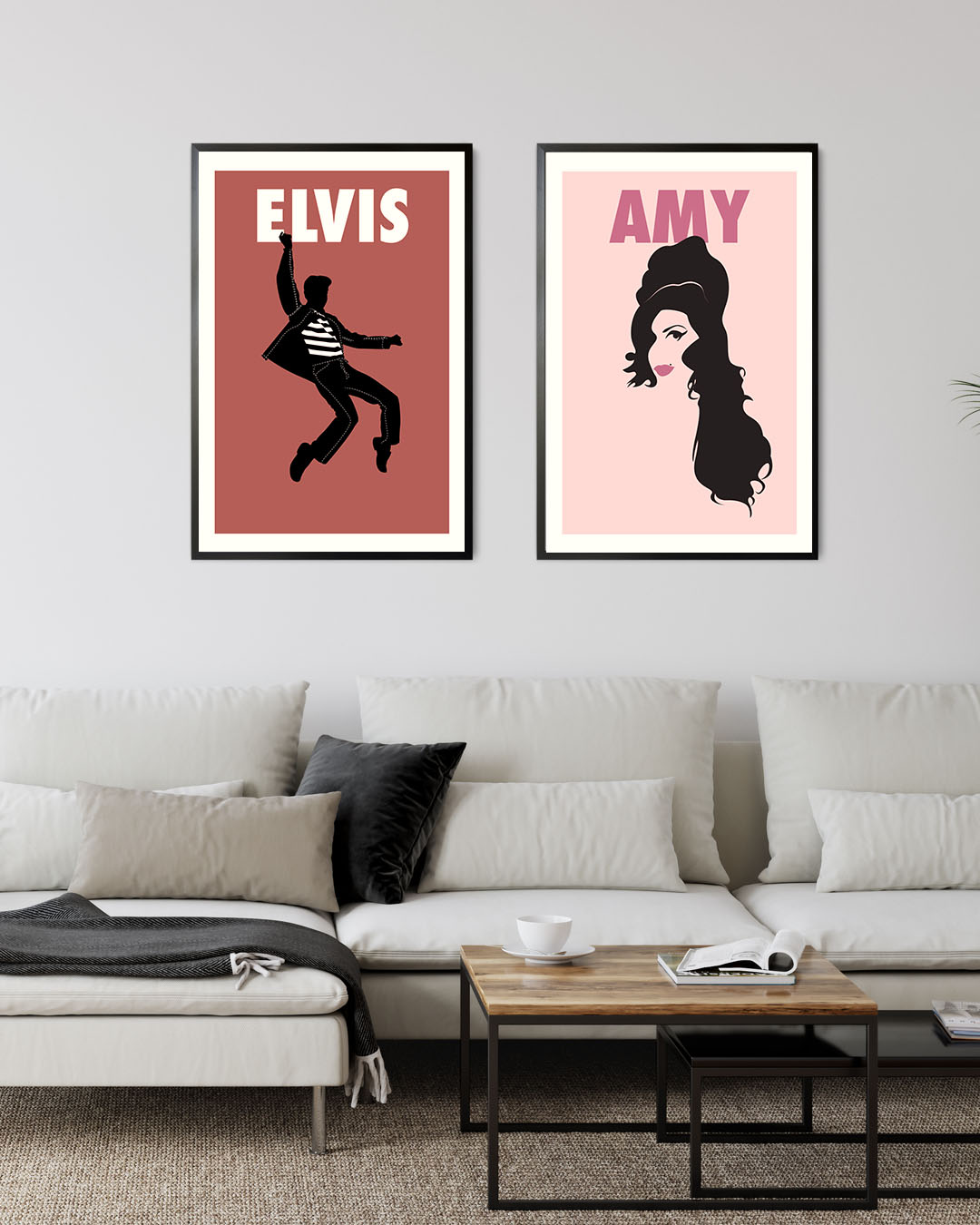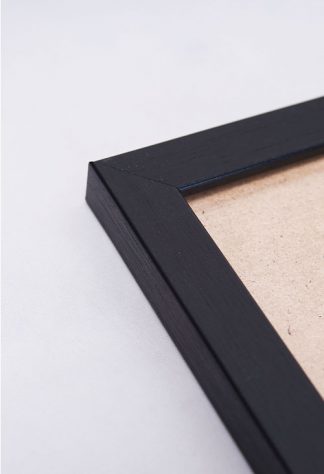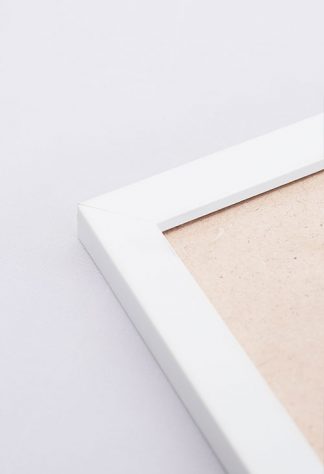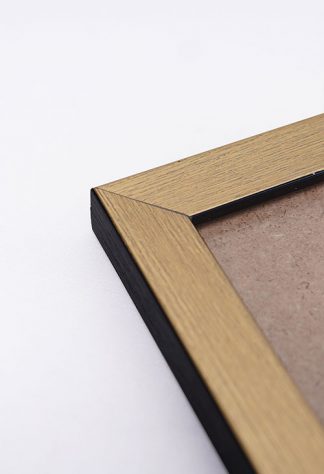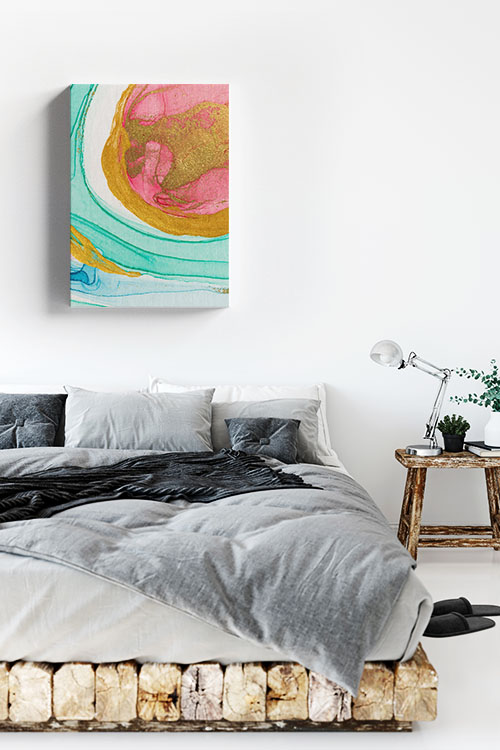
Creating a cozy and inviting atmosphere in your bedroom often begins with choosing the right artwork. Art has the unique ability to evoke emotions, set the tone of a room, and express your style. When selecting art for a cozy bedroom, several factors come into play, from the theme and color scheme to the size and placement of the pieces. Here’s a guide to help you through the process.
Reflect on the Mood
Consider the atmosphere you want to create in your bedroom. Are you aiming for a serene, calming space or a more vibrant and energetic ambiance? The mood of your bedroom should guide your choice of art. Soft landscapes, abstract paintings with soothing colors, or minimalist prints can create a tranquil environment, while bold colors and dynamic designs can add energy.
Coordinate with the Color Scheme
Artwork should complement the existing color palette of your bedroom. Harmonize the colors of the art with your walls, furniture, and decor accents. Also, consider how the art complements the architectural features of your bedroom, such as the shape of the room or the style of the furniture. For instance, consider artworks with gentle pastels or monochromatic themes if your bedroom features neutral tones and simple, clean lines. Alternatively, artwork with complementary colors and dynamic designs can create a striking focal point against a subdued backdrop.
Size Matters
The size of the art pieces relative to the wall space and furniture is crucial. In a cozy bedroom, choose artwork that is neither too large nor too small for the wall it will occupy. Oversized art can overwhelm a small room, while tiny pieces might get lost on a large wall. Aim for a balanced proportion that enhances the room’s aesthetics without dominating it.
Personal Collection
Choose art that resonates with you on a personal level. Whether it’s a meaningful photograph, a favorite quote in calligraphy, or a painting that stirs positive emotions, selecting pieces you genuinely love ensures that your bedroom reflects your personality and interests. This personal connection to the art will make your bedroom feel more like your own, a space that truly represents you.
Consider Texture and Medium
The artwork’s texture and medium can contribute to your bedroom’s cozy ambiance. Textured paintings or artworks with tactile elements like fabric or wood can add depth and warmth to the space. Similarly, consider the medium–oil paintings, watercolors, prints, or mixed media–and how it complements the overall decor scheme.
Placement and Balance
Where you place your art and how you arrange it can impact the room’s visual balance. Common placements are over the bed, above a dresser, or as a focal point on a blank wall. Create harmony by cohesively arranging multiple pieces, considering spacing and alignment to avoid clutter.
Consider the Lighting
Lighting plays a crucial role in showcasing artwork. Ensure that your chosen pieces are well-lit to enhance their visual impact. Soft, ambient lighting can create a cozy glow around the art, while adjustable lighting fixtures can highlight specific artworks as needed. By understanding the role of lighting, you can truly bring out the best in your chosen art pieces.
Experiment and Rotate
Don’t hesitate to experiment with different styles, colors, and arrangements until you find the perfect combination that suits your bedroom’s cozy vibe. Embracing this spirit of experimentation can lead to surprising and delightful results, making your bedroom a unique and personal space.
In a Nutshell
Choosing art for a cozy bedroom involves a thoughtful balance of aesthetics, personal preference, and practical considerations. By selecting pieces that reflect your style, enhance the room’s ambiance, and evoke positive vibes, you can create a comforting and visually appealing sanctuary where you can unwind and recharge. Remember to maintain your artwork by dusting it regularly and keeping it away from direct sunlight to ensure its longevity and aesthetic appeal.



